Asia
The architecture of Asia is just as diverse and rich as its cultural history. From the intricate designs of Hindu temples in India to the minimalist zen gardens and shrines in Japan, each country has its own unique style that reflects its philosophies, religions, and ways of life.
In China, traditional structures like pagodas and imperial palaces showcase a blend of Confucianism, Taoism, and Buddhism. The Forbidden City in Beijing, built during the Ming Dynasty, is a prime example of this. In contrast, the traditional Japanese architecture of wooden structures and paper walls reflects the influence of Shinto and Zen Buddhism.
Middle East
The Middle East is home to some of the oldest examples of architecture in the world. The ancient civilizations of Egypt and Mesopotamia left behind impressive structures such as the Pyramids of Giza and the Hanging Gardens of Babylon. The region also saw the rise of Islamic architecture, with intricate mosques and palaces adorned with geometric patterns and calligraphy.
Architecture & history
From grand palaces to intricate temples, each with their own unique styles and influences, the architecture of Europe, Asia, and India reflects the rich history and cultural diversity of these regions. Throughout centuries of political upheaval, religious turmoil, and artistic innovation, the architecture in these areas has evolved to represent not only the changing styles and techniques of different time periods, but also the beliefs, values, and identities of the people who built them.
Europe
Europe boasts a long and varied history of architecture, beginning with the ancient civilizations such as Greece and Rome. The classical architectural styles of these civilizations can still be seen in famous landmarks like the Parthenon and the Colosseum. As the Roman Empire declined, Europe entered a period known as the Dark Ages, where little progress was made in architecture. However, with the rise of Christianity in the Middle Ages, a new architectural style emerged: Gothic. This can be seen in iconic structures such as Notre Dame and Westminster Abbey.
During the Renaissance, Europe experienced a revival of classical styles, leading to the creation of grand structures such as St. Peter’s Basilica and the Palace of Versailles. The Baroque period saw a shift towards more extravagant and ornate designs, while the Industrial Revolution brought about new materials and techniques that allowed for taller and larger buildings, such as the Eiffel Tower and Big Ben.
Related Articles
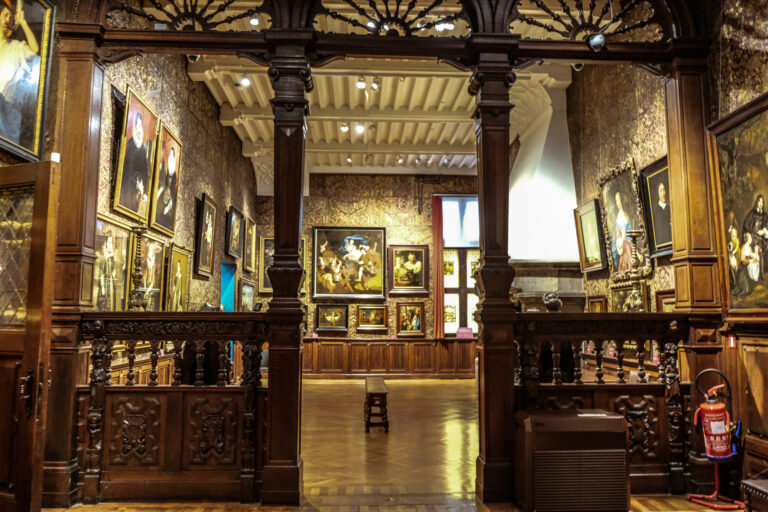
The private art collection of Mayer van den Bergh
The private art collection of Mayer van den Bergh consists of 3100 art objects, paintings and much more. Visit the museum in Antwerp to admire his life work.
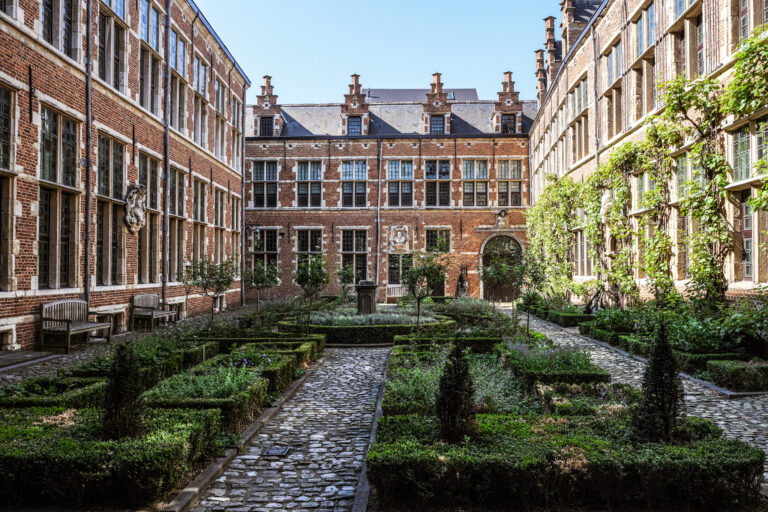
Visit the authentic Plantin-Moretus house and museum in Antwerp
Visit the authentic Plantin-Moretus house and museum in Antwerp and go back in time and learn more about the famous printers family.
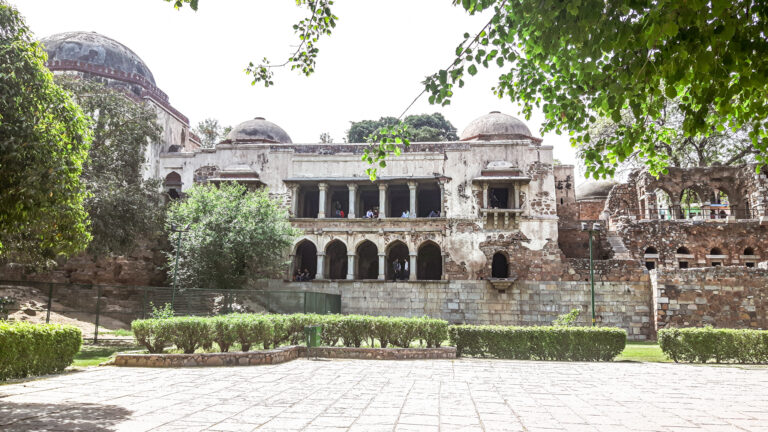
Historical places to visit in Delhi
The Indian capital city is a place of contrast and there are many historical places to visit in Delhi. In Old Delhi you can experience the ambiance of the old glory days. New Delhi is created by the British with green boulevards, villas and parks.
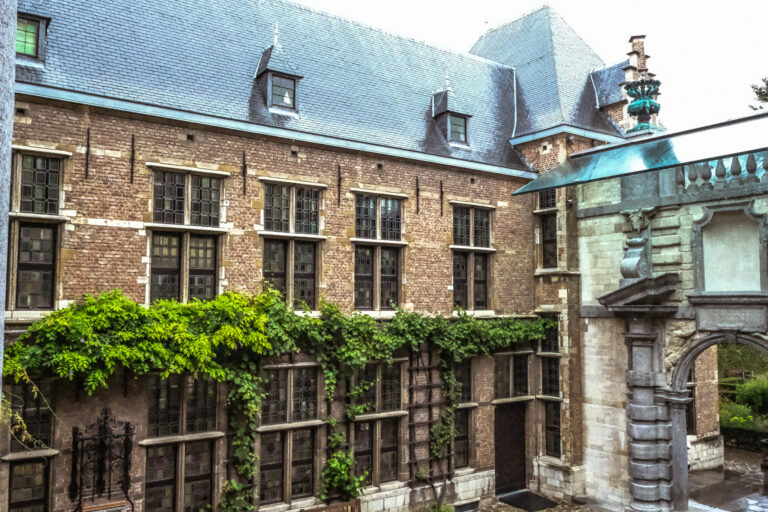
Visit Rubens House in Antwerp
Visit Rubens house in Antwerp and learn more about the life and work of Peter Paul Rubens. He is a famous Flemish painter and artist. In the 16th century he was the most influential artist of the Flemish Baroque.
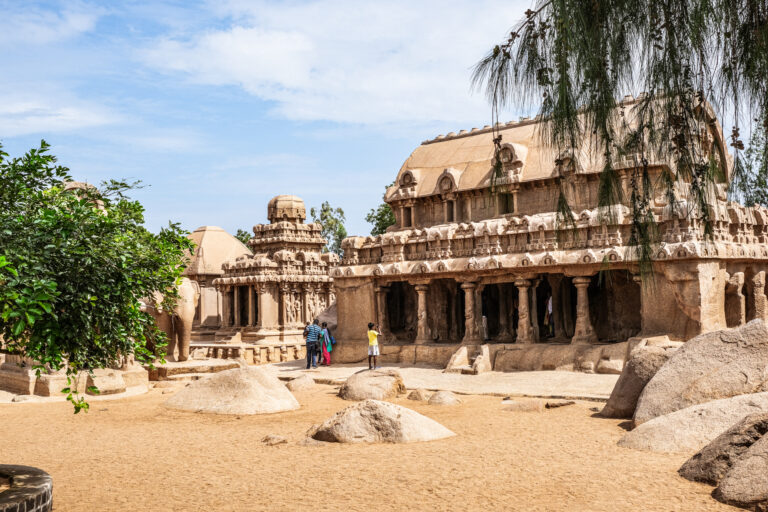
Monuments to visit at Mahabalipuram
The village Mamallapuram is known for the 40 ancient monuments. I write about a few interesting highlights in Mahabalipuram, like the Shore Temple, the Descent of the Ganges, the Five Rathas, Krishna’s Butterball and the Olakkannesvara Temple.

Pictures of the temples in Chiang Mai
Pictures of the temples in Chiang Mai takes you to, and inside, the amazing colourful temples of Chiang Mai in Thailand. The city has 24 Buddhist temples. ‘Wat’ is Thai for temple.